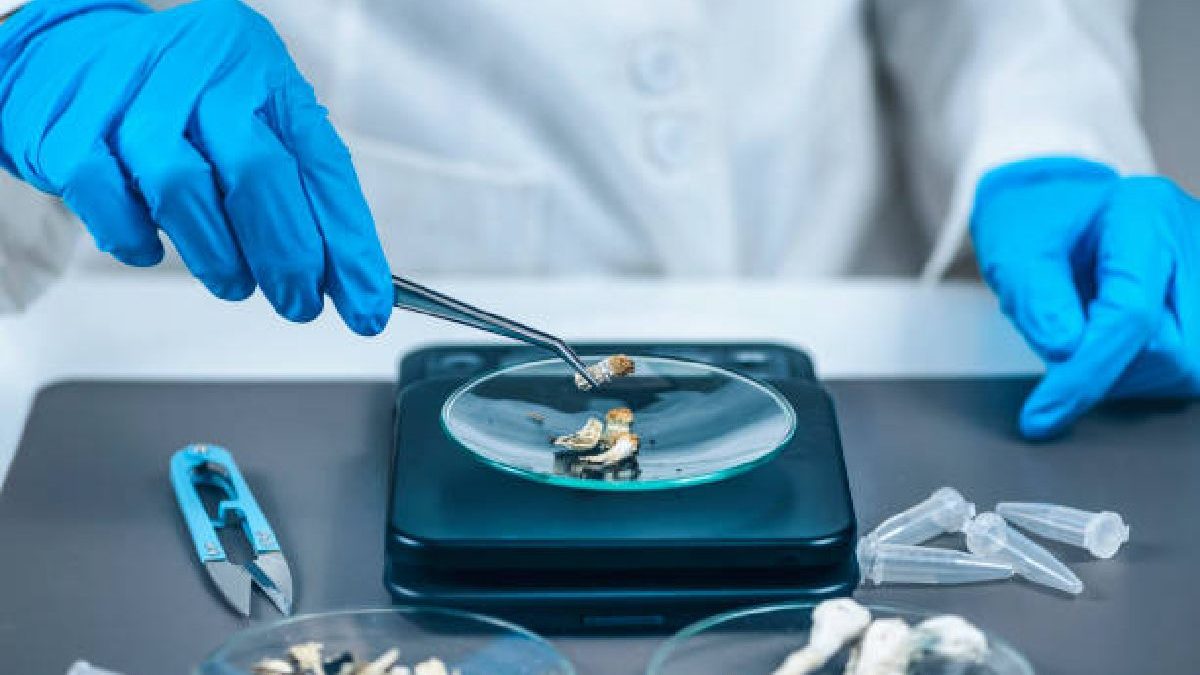As psychedelic mushrooms become more talked about, people reasonably wonder if they can be detected in drug tests with their growing acceptance. Figuring out the complicated factors of how long do shrooms stay in your system is important knowledge for safe and responsible use. However, because psilocybin breaks down differently in everyone, and testing has limits, there are no quick or single answers.
Learning informed guidelines is progress toward working together for fair mushroom access moving forward. While how long do shrooms stay in your system changes with health, dose taken, and methods used, leading with education and open discussion paves the way beyond outdated prohibition ideas.
Table of Contents
Understanding Psilocybin Metabolism
Psilocybin, the psychoactive compound in shrooms, is quickly metabolized by the body into psilocin, which is responsible for the psychedelic effects. The metabolism rate can vary significantly among individuals, influenced by factors such as liver function, body mass, and hydration levels.
Detection Windows by Test Type
- Urine Tests: The most common form of drug testing, urine tests can detect psilocin for up to 24 hours in most users, though this window can extend to 48 hours or more for those with slower metabolisms or after heavy use.
- Blood Tests: Psilocybin and psilocin are detectable in blood for several hours post-consumption, typically up to 24 hours. Blood tests are less commonly used due to the short detection window and the invasive nature of the test.
- Saliva Tests: Though less common, saliva tests can detect psilocybin use within a similar timeframe to blood tests. The detection window in saliva is generally up to 24 hours.
- Hair Follicle Tests: Hair tests have the longest detection window, capable of showing drug use for up to 90 days. However, due to the cost and the rare need for such testing with psilocybin, it is seldom used for this purpose.
Factors Affecting Detection Times
Several key factors can influence how long shrooms stay detectable in one’s system:
- Dosage and Frequency of Use: Higher doses and more frequent use can extend the detection window.
- Individual Metabolism: Variations in metabolic rate and liver function can significantly affect how quickly psilocybin is processed and eliminated.
- Body Mass: Psilocybin is water-soluble, so individuals with higher body water content may process and eliminate the substance more quickly.
- Age: Metabolism generally slows with age, potentially extending the detection period for older users.
Implications for Drug Testing
While standard drug tests do not typically screen for psilocybin, specialized tests can be ordered, particularly in environments with a high level of scrutiny or where psychedelic use is suspected. Understanding the detection windows and the factors influencing them can help individuals gauge the likelihood of a positive test result.
Conclusion
Calculating how long do shrooms stay in your system proves tricky, subjective and variable depending on health and methods used. However, we are progressing by openly discussing chemical detection barriers and limitations without stigma. As psychedelics gradually gain normalized access, leading with education and science communication fosters responsible communities centered on safety. While no quick fixes or easy answers exist for tracing metabolites, by dismantling outdated prohibition mindsets together we can intuit our way toward equitable integration.

